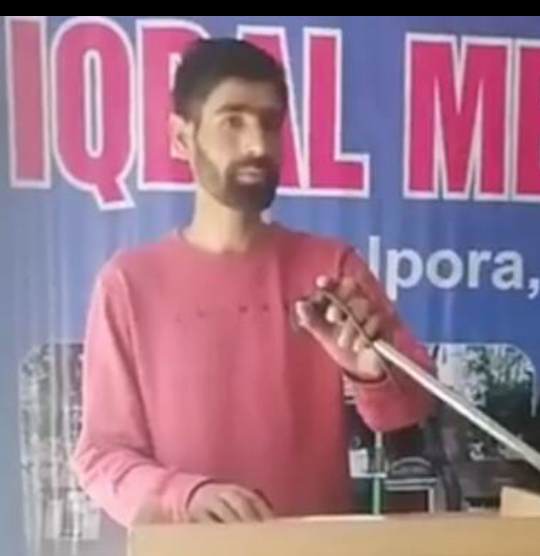HOW WAS OUR PAST Class 7 History
Questions and Answers
A. Define
1 . Hindos:- The Iranians and the Greeks who came through the north- west called India Hindos. Its origin is linked to the river Indus.
2. Century :- Century means a period of hundred years.
3. Hindustan:- The term Hindustan is used to identify 20th century India.
4. Mausoleum:- It is a Construction or a building over a tomb.
B. write short answer for the for the following questions.
1. How did India get its name?
Ans. India got its name from the river Indus. As the earliest inhabitants of the Indian Sub-continent lived on the banks of river Indus.
2. Why is it important for us to study the medieval period?
Ans. Studying the medieval period is important for us in many ways, The period brought new social, political and administrative changes. Many languages that we speak now developed during this period. Many foods that we eat now were introduced during the medieval period. New religious like Islam and Sikhism spread in India during this period.
3. Zia-ud-din Barani Completed his chronicle in 1356 AD, why did he revise it?
Ans. Ziaudin Barani completed his chronicle ‘Tarkh-e-Firuzshahi’ in 1356 AD, but he revised it two years later, possibly because he did not receive the expected favour of Firuz Shah Tuglaq.
4. Name the foreign travellers who visited India in Medieval period and their contributions?
Ans. Foreign travellers who visited India during medieval period were Al-Beruni, Ibn Batutah, Domingo Paes, Nicolo Conti, Francois Bernier and Jean –Baptiste Tavernir they left invaluable accounts which provide a lot of information about the political, social and economic conditions of India in those days.
5. Who were the The First Muslim conquerors to invade India? Ans. Arabs were The first Muslim Conquerors to invade India.
6. Who were the Rajputs?
Ans. The term Rajputs literally means ‘the son of a King'. They were a class of warriors who became prominent after the death of Harsha.
A. ANSWER THE FOLLOWING QUESTIONS IN DETAIL.
1. What were the changes which differentiate medieval period from the ancient period?
Ans. The changes which differentiate medieval period from the ancient period are as:
a). There is an abundance of literary sources available for the medieval period which is not the case with the ancient period.
b). A new religion, Islam, was introduced in India during medieval period.
c). In medieval period may languages like Persian and Arabic were widely used instead of Sanskrit.
d). In medieval period we find new styles of architecture like Dome, Arch etc. which were not present in ancient period.
2. How do the historians decided that a particular period has ended and new period has began?
Ans. Historians chart the progress of man in terms of ages that represent different stages of human development e.g. Stone Age, Bronze Age iron age etc. These changes do not occur all of sudden. They occur gradually but over a period of time these changes can be seen to be widespread enough to warrant a separate name hence by focusing on these changes historians decid that a particular period has ended and other has began.
3. What problems do historians face while extracting facts from
sources?
Ans. The problems that historians face while extracting facts from the sources include that sometimes the sources cannot be held reliable. Because at times valuable and original manuscripts were copied by other scribes. This process changed the original text to some extent due to errors or omissions. Moreover, textual revision also lead to drastic changes in these texts. The chroniclers who got royal favour wrote in favour of kings by compromising with the harsh facts.
4. Throw light on Archaeological sources of medieval India. Ans. Archaeological sources of medieval India include following:
a. Temples such as Konnark, Khajuraho etc.
b. Mosques such as Jamia Masjid in Delhi, Moti Masjid in Agra Fort etc.
c. Mausoleums such as Taj Mahal at Agra.
d. Forts like Red Fort, Agra Fort.
e. Pillars like Qutub Minar.
f. Pillars like those at Jaisalmer, Jaipur.
g. Inscriptions carved on stone and copper tablets.
h. Coins and seals of gold, silver or copper.
5. Write about Bhakti movement of the medieval period?
Ans. Bhakti is the devotional worship of God, with the ultimate objective of attaining moksha (salvation). In medieval period many great Bhakti saints were born in different parts of India. Among these were Ramanuja, Ramananda, Kabir, Guru Nanak etc.
They preached the unity of god, they opposed caste system, and stressed on equality of all men. They were also opposed to idol worship.
6. Who were Brahmins and Kshatriyas?
Ans. Brahmins and Kshatriyas are the upper two varnas of the four-fold varna system of Hindu society. In Hindu society Brahmins are most respected and occupy the highest rank. They form the class of teachers and religious men. Kshatriyas form the warrior and ruling class. They are next to the Brahmins. Brahmans and Kshatriyas together exploited and ill- treated the rest of the people viz. Vaishyas and Shudras.




If you have any doubt please let me know